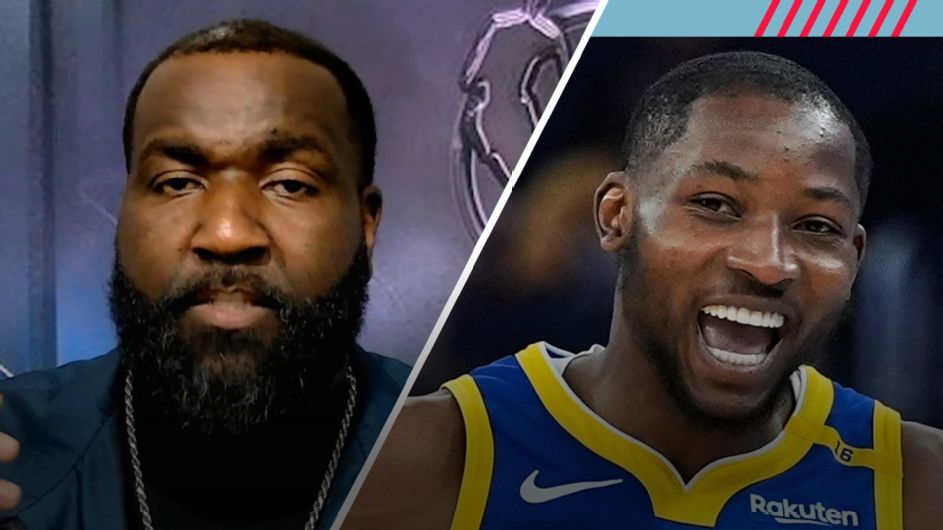The recent NBA offseason saw a seismic shift, prompting Golden State Warriors forward Draymond Green to declare the annual free agency frenzy effectively “over.” This bold claim has ignited a crucial debate across the league: did the new Collective Bargaining Agreement (CBA) fundamentally alter the landscape of player movement and diminish the long-anticipated thrill of NBA free agency as we once knew it?
At the heart of this discussion lies the NBA’s new CBA, particularly the introduction of the restrictive second apron. Designed to curb high-spending teams, this financial limitation significantly curtails their ability to add roster talent beyond their incumbent players, forcing a more conservative approach to team building and impacting the dynamics of the open market.
Decades prior, NBA free agency captivated fans with drawn-out sagas involving superstars like LeBron James, Chris Bosh, and Dwyane Wade, who orchestrated highly anticipated decisions that reshaped the league. While the current environment hasn’t completely extinguished that level of suspense, there’s an undeniable feeling among many that the allure of the offseason has become noticeably watered down.
A key factor in this evolution is the revised CBA rule allowing teams to begin negotiating with their own free agents immediately after the NBA Finals conclude. This change has led to a flurry of early re-signings, with many top talents opting to stay with their current teams and effectively being “off the board” before the traditional July 1st start of free agency, thereby reducing the pool of available players.
Furthermore, the updated rookie and veteran extension rules play a crucial role. Players are increasingly prioritizing the guaranteed financial security offered by long-term extensions with their current franchises over the inherent risks and uncertainties of entering the open market as a free agent. As NBA Commissioner Adam Silver noted, the CBA was designed to give incumbent teams a distinct advantage in retaining their drafted and developed talent.
The state of restricted free agency also highlights the shrinking opportunities for player movement. Despite a significant number of players switching teams this offseason, the mechanism of restricted free agency rarely culminates in an offer sheet. This indicates a diminished market for these players, reinforcing the idea that incumbent teams have a stronger grip on their assets.
Another telling trend under the new Collective Bargaining Agreement is the notable absence of performance-based bonuses in recent NBA contracts. Unlike previous years where incentives were common, players and teams are now shying away from these clauses. The case of Tyler Herro’s contract, with its multiple bonus clauses impacting salary cap and apron charges, serves as a stark reminder for teams on the financial implications of such stipulations.
Ultimately, Draymond Green’s assessment underscores a profound shift in the NBA’s financial and player movement landscape. While the league maintains that opportunities for team building and player acquisition still exist, the new Collective Bargaining Agreement has undeniably reshaped the traditional free agency period, demanding a fresh perspective on how teams navigate the offseason and how players secure their long-term futures.






Leave a Reply